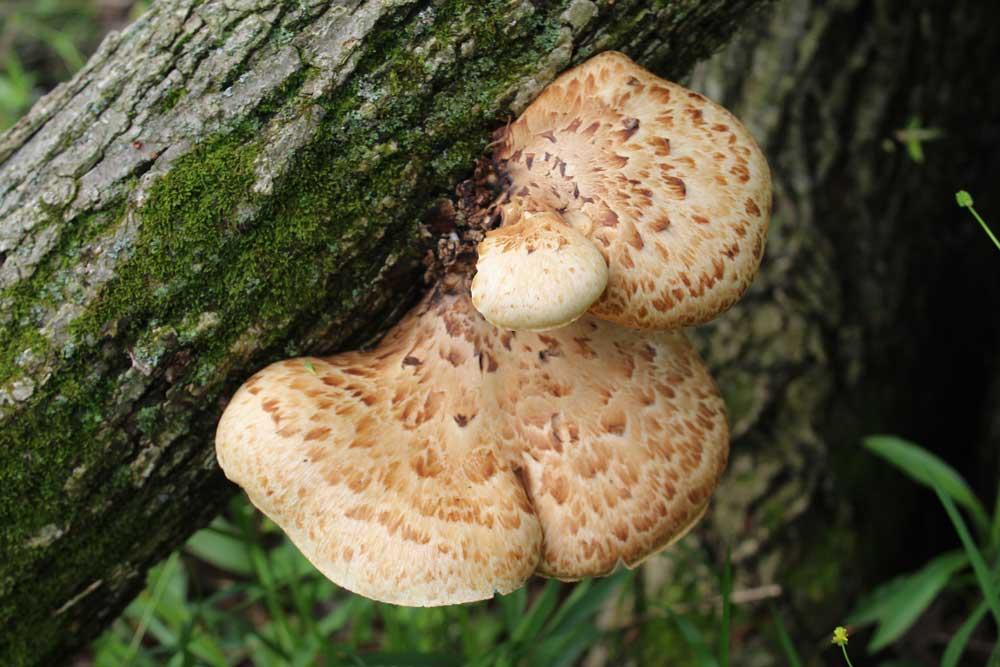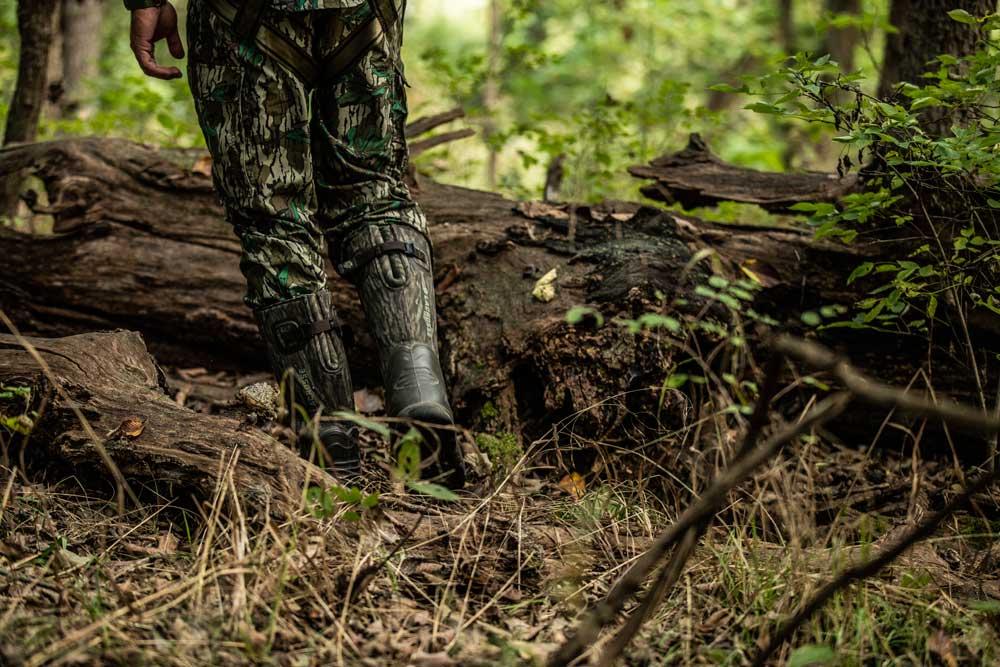With the arrival of spring, comes a bounty of delectable mushrooms waiting to be discovered. While many foragers set their sights on the elusive morel mushrooms, they often overlook another culinary delight – the pheasant back mushroom. Let’s delve into the world of the pheasant back mushroom and uncover its secrets.

Discovering the Pheasant Back
For novice foragers venturing into the realm of wild mushrooms, the pheasant back mushroom is a great starting point. These mushrooms can be found abundantly east of the Rocky Mountains. They exclusively grow on fallen or dead hardwood trees, often favoring dying elm trees. With its striking pattern resembling pheasant feathers, the pheasant back mushroom goes by various names, including dryad’s saddle or pheasant’s back.
Unlike other mushroom varieties, the pheasant back mushroom has pores instead of gills on its underside. You can identify them by their cluster-like growth, with individual mushrooms ranging in size from one inch to over twelve inches. Interestingly, the freshly harvested pheasant back mushroom emits a fragrance reminiscent of cucumber or watermelon rind.
Searching for Pheasant Backs
If you are an avid morel mushroom hunter, chances are you have already encountered the pheasant back mushroom. These mushrooms tend to appear around the same time as morels and flourish in similar habitats. So, keep an eye out for pheasant back mushrooms when you stumble upon morels.
To find pheasant back mushrooms, head to damp areas near creek bottoms. Look for a mix of healthy and dead timber. In April and May, you’ll spot them growing on the south side of dying elm trees or stumps. As temperatures rise, they can be found on both sides of dying hardwoods. Even in urban areas, search for groves with a few dying elm trees or healthy maple trees. It’s surprising how this delightful treat often goes unnoticed.

Selecting the Perfect Pheasant Back
When it comes to pheasant back mushrooms, size matters. Large, older mushrooms tend to be tough and less enjoyable. Aim for mushrooms that are no more than four inches in cap size. Even smaller mushrooms can turn out tough if they are mature. To determine if a pheasant back is young and tender, examine the pores on its underside. If the pores are large, it’s a sign of maturity and toughness. On the other hand, small pinhole-sized pores indicate a young and tender mushroom.
You can also use a pocket knife to test the mushroom’s tenderness. Gently scrape the blade across the mushroom’s underside. If the pores easily come off, you have an ideal pheasant back for consumption. Otherwise, it’s better to reserve tougher, mature mushrooms for soup broth.
Preparing the Pheasant Back for a Delightful Meal
Before you embark on your culinary adventure, keep in mind that the pheasant back mushroom has a unique flavor that sets it apart from other mushrooms. Think cucumber or watermelon rind rather than the usual mushroom taste. So, ensure you have a recipe specifically designed for pheasant back mushrooms to fully appreciate their distinct flavor.
Start by washing the mushroom and removing the stem. Next, you can choose to scrape away the pores on the underside of the cap with a knife. This step is optional, as some may prefer the added texture. Thinly slice the mushroom, either by hand or with a mandoline slicer, without worrying about them falling apart.
To preserve their moisture, avoid heavy browning or sautéing, as it can make the mushrooms tough. Instead, cook them in a covered pan with butter, salt, and a dash of wine. As the wine evaporates and the mushrooms slightly brown, serve them over asparagus and a bed of rice. The taste will surprise you with its cucumber- and watermelon-rind-like flavor. For a unique twist, consider sautéing pheasant back mushrooms with strawberries and rhubarb, serving them over ice cream and topping them with wild-berry syrup. Who knew this mushroom could transform into a delightful dessert?

The Hunt Begins
The pheasant back mushroom is a forgiving and safe option for avid foragers. Its distinct appearance and lack of toxic look-alikes make it an ideal choice for beginners. With its ease of preparation and cooking versatility, you can enjoy a delightful main course of fresh morel mushrooms and turkey, followed by a surprising pheasant back mushroom dessert. Impress your friends and family with a wild mushroom feast that will leave them in awe!
To explore more about the world of mushrooms and indulge in the finest culinary experiences, visit Ekilove.



